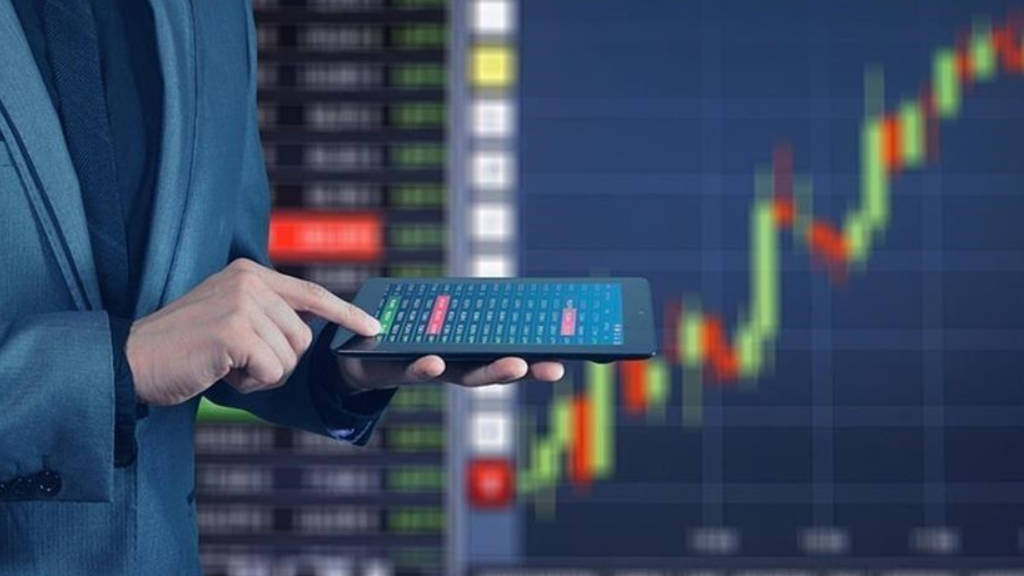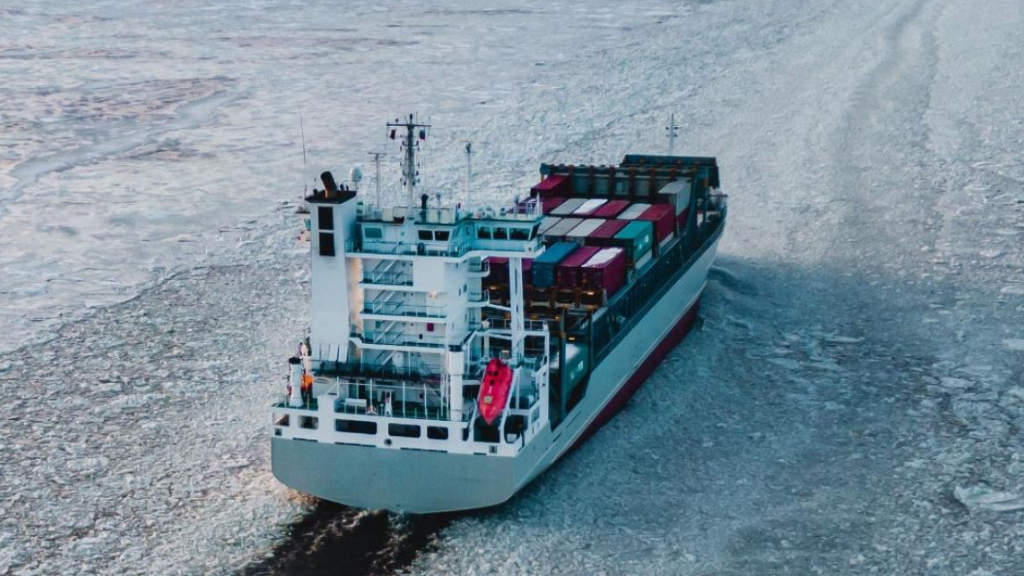
Representatives of the Eurasian Economic Union (EAEU) and the United Arab Emirates (UAE) expect to come to a substantive conclusion of negotiations on signing a Free Trade Agreement (FTA) by the autumn of 2024, the Eurasian Economic Commission (EEC) has said. This followed statements by Andrei Slepnev, the EEC Trade Minister and Thani bin Ahmed Al Zayudi, the UAE Minister of State for Foreign Trade. The EEC is the governing body of the EAEU.
An EEC press release about this development was released this week and stated “On July 8, on the sidelines of the Innoprom-2024 exhibition, Andrei Slepnev, Minister of Trade of the Eurasian Economic Commission, met with Thani bin Ahmed Al Zayudi, Minister of State for Foreign Trade of the United Arab Emirates. During the meeting, the parties welcomed the successful progress of negotiations on the economic partnership agreement between the EAEU and the UAE and indicated a desire for their substantive completion in the autumn of this year.”
Slepnev added “We appreciate the positive attitude of the Emirati side. Trade between our countries continues to grow steadily, and this, I am sure, will help us jointly resolve all remaining issues of negotiations.”
The decision to start negotiations on the creation of a free trade zone between the EAEU and the UAE was made in December 2022. The first round of negotiations took place in March 2023. At the moment, three rounds have already taken place. The next round of negotiations should be held in September 2024. It is expected that it should be decisive.
Within the framework of the agreement, the parties expect to establish special conditions (reduction or zeroing of duties) for at least 1,300 products from the industrial sector and the agro-industrial complex.
The signing of the agreement will also contribute to the development of logistics partnership between the parties within the framework of the international North-South Transportation Corridor and strengthen the positions of EAEU exporters in the countries of the entire Persian Gulf.
The EAEU includes Armenia, Belarus, Kazakhstan, Kyrgyzstan and Russia, and has other FTA with Serbia, Iran and Vietnam. The UAE is also a member of the Greater Arab Free Trade Area (GAFTA) which also includes Algeria, Bahrain, Egypt, Iraq, Kuwait, Lebanon, Libya, Morocco, Oman, Qatar, Saudi Arabia, Sudan, Syria, Tunisia, as well as the United Arab Emirates. GAFTA is responsible for 96% of all intra-Arabic trade and has a GDP (PPP) of about US$8 trillion.
The UAE also joined the BRICS group in January.
Current Russia-UAE trade hit a record US$11.4 billion in 2023 and continues to increase. Russian exports to the UAE are dominated by diamonds and gold, which made up 40% of the total, while re-exporting from the UAE to Russia has also risen sharply, making up more than half of the 500 products that the UAE exports to Russia.
Over 700 Russian companies are established in the UAE while the number of real estate investors has also grown – as did the number of UAE based real estate agencies set up by Russians. Russian investors purchased real estate in the UAE worth US$500 million in 2022, while tourist numbers also surged 60% to 1.2 million visits. These trends are still growing – but at a slower pace than before. Nonetheless a FTA in place should significantly assist with 2025 mutual trade growth.
Further Reading

Russia-UAE 2024 Bilateral Trade and Development
Russia’s trade and investment development with the UAE is extensively covered in our 2024 Russia’s Pivot to Asia guide. This is a complimentary download and can be accessed in English here and in Russian here.





